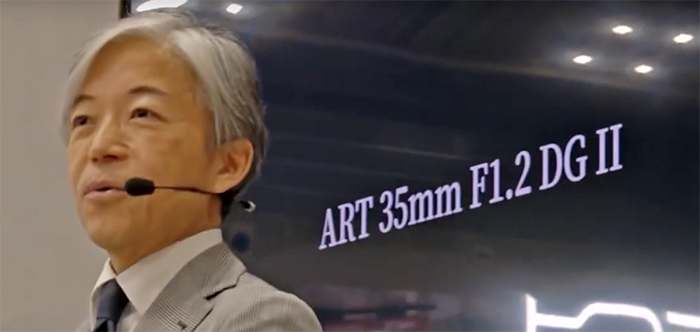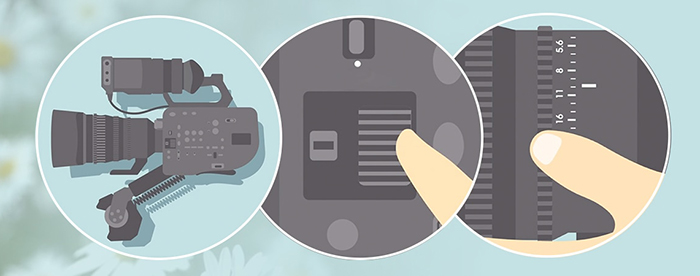DSLR with video has no future. The future are videocameras with larger sensors (says Thom Hogan)

Let’s start with a short editor’s note: On April 21 we reported about a new Sony CMOS sensor with amazing 120 fps at a full 12 Bit resolution (source DC.watch.Impress). I still noticed that many readers didn’t understand that this is a sensor for videocameras (and not for Alpha cameras). Thom Hogan explains why this is so: “It’s 24.3×12.8mm in size, which makes it slightly wider than APS-C but substantially shorter. The 2160 vertical pixels are exactly double what’s needed for 1080P (the horizontal component is almost exactly 4x). It looks like a straight-out video sensor to me. That’s confirmed by the other details: 60 fps 14-bit output, 120 fps max speed, and the first target: NHK’s Super Hi-Vision format.”
But the real interesting part of Thom Hogans article is the following one:
“To what end? Well, DSLR-enabled video is pretty compromised and about to be eclipsed by prosumer and pro video equipment, much as I predicted some time ago. Both Sony and Panasonic now have large sensor video products, with more coming. Those products blow away the capabilities within DSLRs for one simple reason: the sensor is optimized for video use. In order to get 1920×1080 (1080P) or 1280×720 (720P) out of our DSLR sensors, the cameras do two things: they line skip and they sub-sample within a line. The results are rolling shutters, artifacts, and less than optimal color information. Those dedicated large-sensor video cameras fix all those things. The output from the new Sony NEX-FS100E is noticeably better than any video-enabled DSLR I’ve seen to date. If I’m serious about video production, why would I compromise by using a DSLR? Plus the FS100E is configured to be a video camera from the get-go.”
What do you think?
Reminder: The Sony NEX-FS100U will be in Stock in July (Source: B&H).



